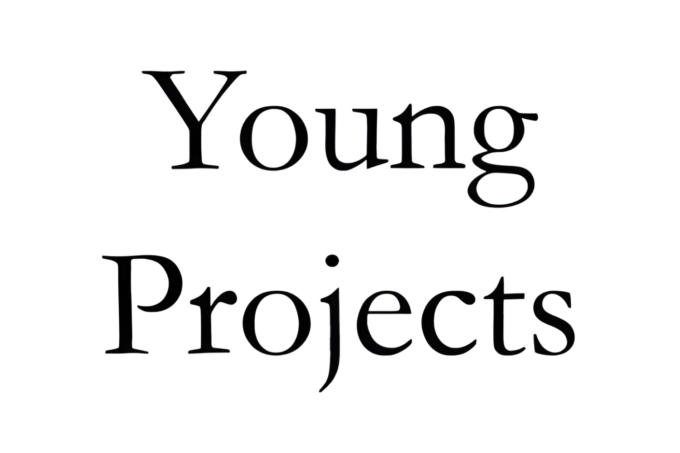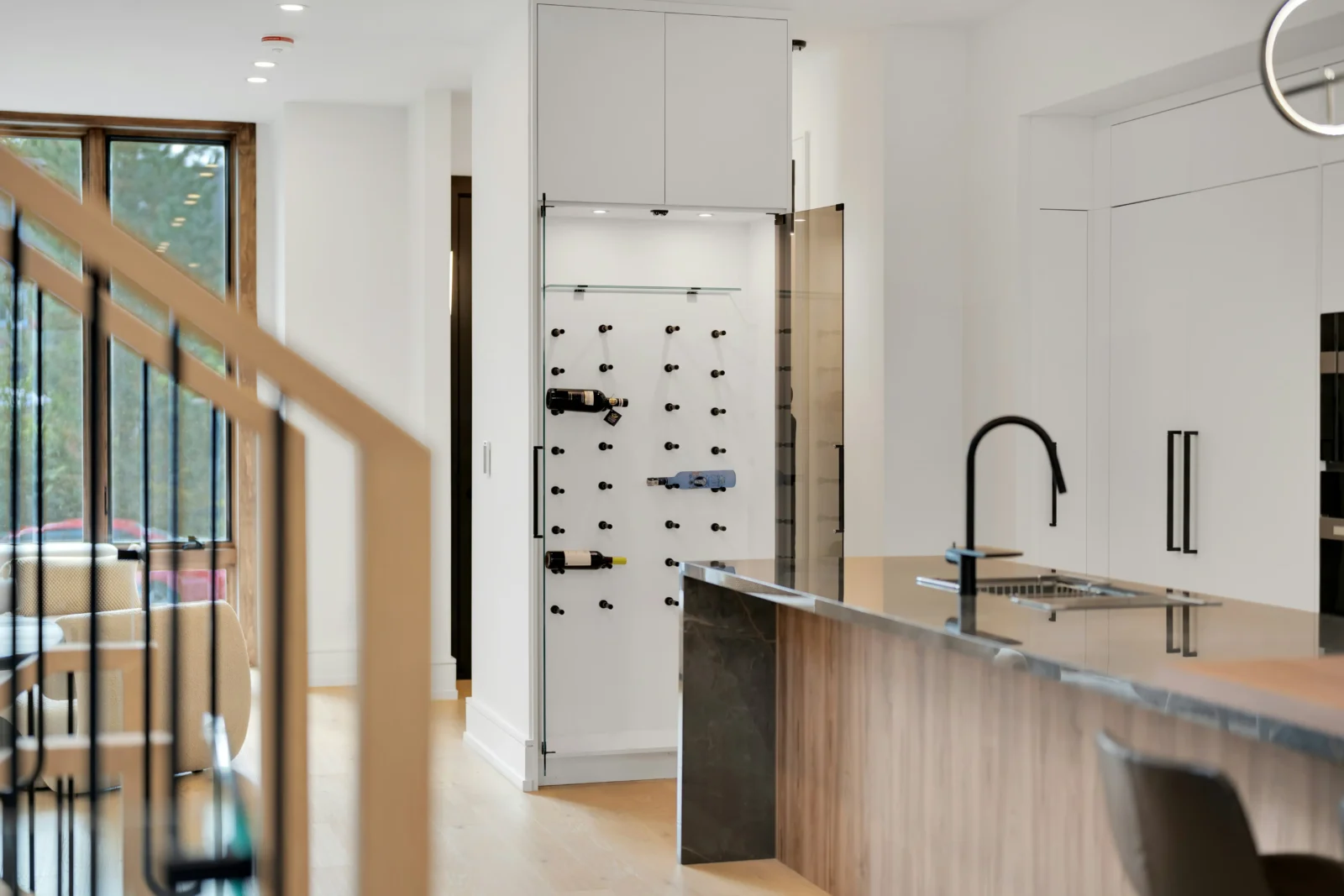- Home
- Articles
- Architectural Portfolio
- Architectral Presentation
- Inspirational Stories
- Architecture News
- Visualization
- BIM Industry
- Facade Design
- Parametric Design
- Career
- Landscape Architecture
- Construction
- Artificial Intelligence
- Sketching
- Design Softwares
- Diagrams
- Writing
- Architectural Tips
- Sustainability
- Courses
- Concept
- Technology
- History & Heritage
- Future of Architecture
- Guides & How-To
- Art & Culture
- Projects
- Interior Design
- Competitions
- Jobs
- Store
- Tools
- More
- Home
- Articles
- Architectural Portfolio
- Architectral Presentation
- Inspirational Stories
- Architecture News
- Visualization
- BIM Industry
- Facade Design
- Parametric Design
- Career
- Landscape Architecture
- Construction
- Artificial Intelligence
- Sketching
- Design Softwares
- Diagrams
- Writing
- Architectural Tips
- Sustainability
- Courses
- Concept
- Technology
- History & Heritage
- Future of Architecture
- Guides & How-To
- Art & Culture
- Projects
- Interior Design
- Competitions
- Jobs
- Store
- Tools
- More
Building An Architectural Resume: A Comprehensive Guide
Discover how to create an impressive architectural resume to showcase your creativity and problem-solving abilities. Understand the significance of aligning your resume design with your architectural style and learn how to effectively detail projects, utilize action verbs, include high-quality images, and highlight your software skills.

Creating a standout architectural resume is more than just listing your qualifications and experience. It’s about showcasing your personal style, demonstrating a clear sense of organization, and making a memorable first impression on potential employers. Your resume is the first test in your job application process, and it’s crucial to get it right.
There’s a wealth of architect resume samples online that can guide you on what to include and what to avoid. These resources can help you understand the vitalities of the education section, the prominence of work experience, especially for fresh graduates, and the balance between soft and hard skills.
Remember, as an architect, your CV layout carries as much weight as the content. It’s not just about what you say, but also how you present it. From choosing a color scheme that aligns with your company’s image to maintaining a healthy balance of white space to text, every detail matters.

Table of Contents
ToggleElements of An Architectural Resume
When crafting an architect’s resume, there’s more to consider than just qualifications and experience. It’s crucial to understand the structure, style, and content requirements of an architect’s resume. First, let’s discuss each element included:
- Resume Header
- Resume Summary
- Employment History
- Resume Skills
- Education
The Resume Header isn’t just a functional element. It’s not confined to simply displaying a name, title, and contact information. With some creativity, it can effectively engage recruiters and beckon them to delve deeper into the resume.
Transitioning to the Resume Summary, this is an elevator pitch are condensed on paper and showcased upfront. A well-written summary, often referred to as the profile or personal statement, can captivate recruiters with a bird’s-eye view of the candidate’s career trajectory, skills, and accomplishments.
Then, the Employment History section presents an opportunity to highlight specific experiences that are relevant to the position being applied for. Remember, brevity is key here. It’s not about flooding readers with information, but showcasing the RIGHT information.
Following this is the Resume Skills section. Sure, it’s vital to highlight hard skills like CAD software proficiency or a thorough knowledge of mathematics, but don’t forget about soft skills. Project managers look for candidates who are adaptable and eager to learn.
Finally, the Education section shouldn’t be overlooked. It plays a significant role, especially for those architects aiming to land their first job out of college. Here, showcase your academic achievements and any student work that could set you apart from others.
Remember that standing out does not mean overloading your resume with information. It’s about making smart choices and presenting it in a way that details your unique path and demonstrates your value. Be mindful of presentation aesthetics. Your resume ultimately represents your brand.

Importance of Creating Resume As An Architect
Statistics have shown that on average, an employer spends between 6 to 7 seconds reading through a resume, and this includes an architecture resume. Contrastingly, resumes often take hours to design and construct, showcasing the significant time investment involved. Emphasizing the value of resumes, it’s crucial for architects and graduates_ to grab the hiring managers’ attention swiftly and effectively.
Resumes, especially for professions such as ours in architecture, act as more than platforms for exhibiting qualifications and experiences. They’re critical instruments for arranging and presenting our journey and contributions in the field. It presents a timeline of history where we’ve worked, the roles assumed, and specific responsibilities at each job level.
Crucially, an architecture resume also serves as a portal to convey our skills. This architect skills section on the resume is a powerhouse showcasing the most important keywords derived from the job description. It’s more effective when it includes hard skills that relate to on-the-job knowledge and experience pertaining to specific technologies or processes. Examples include specific design abilities and tool proficiencies, such as cloud skills.
In addition, it’s also advisable to list some transferable, or soft, skills. While they’re more challenging to demonstrate on a resume, they’re still valuable. These skills present us as a productive, easy-to-work-with candidate, especially for architecture firms with a strong culture.
Here are some tips for developing a robust skills section:
- Include 6-12 skills in bullet point form.
- Enumerate mostly hard skills. However, not ignoring soft skills.
- Emphasize the technical skills that are directly relevant to the job or architecture as a profession.
Learning to pen an effective architecture resume is vital and can significantly increase the chances of landing a job. The key lies in delivering a well-crafted, attractive, and relevant resume that ensures we stand out from the multitude and get noticed.

Researching the Latest Trends in Architect Resumes
In the rapidly evolving world of architecture, keeping abreast of the latest trends is a necessity. This doesn’t just apply to understanding the evolving dynamics of building design. It’s equally important when it comes to creating professional resumes that stand out in the current architectural job market.
Taking note of the Bureau of Labor Statistics’ prediction, the job market for architects will grow by 5% over the next decade, creating about 8200 new positions. This growth rate aligns with the overall job market average. Emerging technology and software developments promise to increase professionals’ productivity, although they may also limit job growth. The current and future state of the construction industry could further influence the demand for architects.
We recommend a proactive approach to staying informed about the latest trends in creating architect resumes. One key factor is to understand what attributes and accomplishments companies seek. Businesses use job postings to define the skill and experience mix their ideal candidate should possess. Matching up one’s resume to these details can help potential candidates stand out amongst the crowd.
Another cutting-edge trend is the creative design of resumes. More than just listing qualifications, a unique and aesthetically pleasing resume can pique the interest of hiring managers. For instance, using a curriculum vitae as landscape design exudes creativity, making it unforgettable. Remember to keep the design relevant and simple enough for easy comprehension, a balance that’s crucial for a positive impact.
Lastly, having a compelling resume summary is a current trend. It’s an elevator pitch that quickly highlights who you are, what you have achieved, and what you can potentially accomplish. The key is to keep it short and sweet, emphasizing only the parts that make a strong impression.
Overall, investing time in researching and implementing the latest trends in architect resumes can significantly increase your chances of securing that dream job. It’s all about understanding what employers want today and presenting yourself in the light that aligns with their requirements. Craft your resume with care and precision, and watch as opportunities come your way.

Structuring Your Architect Resume
Resumes are significantly more than just a written record of your work history; they’re an architect’s initial chance to stand out amongst the sea of applicants. An architect’s resume should demonstrate creativity and attention to detail, much like the structures they design. The manner in which your content is organized will reflect your professional acuity.
Choosing the Right Resume Format
Opting for the right format for an architect’s resume is equivalent to choosing a blueprint when constructing a building. You require a solid foundation that effectively mirrors your skillset and experience. We recommend the combination format for architect resumes. It masterfully balances showcasing both your skills and work experience. This type of resume is particularly useful to overcome potential challenges such as gaps in employment, career changes, or lack of experience in a specific field.
Your professional experience should be presented in reverse chronological order, starting with your most recent job. For each past position, provide the name of the company, the dates you worked, and the job title. This format allows you to highlight your relevant qualifications, achievements and demonstrates noticeable career progression and professional development.
Highlighting Key Skills and Achievements
To truly stand out, it’s essential to focus on your biggest achievements rather than generic job descriptions. Suppose the post requires the ability to interpret technical drawings, and it’s a skill you possess. In that case, you can include this information in your work history section as bullet points.
For example:
- Skilled at interpreting detailed technical drawings, contributing to the prompt and efficient completion of projects.
- Completed 95% of projects on schedule, reflecting strong time-management and organizational skills.
By doing so, we not just list our abilities, but also demonstrate how they brought value to our previous employers. Eliminating bland resume elements and zooming in on notable achievements will create an architect’s resume that’s as compelling as the structures you design. Investing time to fine-tune your resume can significantly increase your chances of securing your dream job in the competitive architectural job market.

Crafting a Compelling Summary Statement
In the competitive architecture job market, a strong, captivating summary statement can make a difference. It’s the first part of your resume hiring managers usually read, so it needs to quickly capture their attention. Tailoring your summary statement to align with the company’s needs and values can set you apart from other candidates.
To craft a compelling summary statement, begin by studying the job description. Place emphasis on the same attributes and achievements that the company values most. Instead of providing a generic statement, include specific examples of your accomplishments that demonstrate your skills and value to employers. For example, “Developed commercial structures implementing energy-efficient designs, delivering 95% of projects on schedule and under budget.” This statement illustrates your ability to integrate eco-friendly designs and manage projects effectively.
- Always begin with your most important selling points.
- Use strong, action-oriented language.
- Be sure to include your unique skills and experiences.
- Highlight not only what you’ve done but also how your work positively impacted your past employers.
Remember, the summary statement is not just a repetition of your work history section. It should portray you as a seasoned architect, skilled and experienced in your field. Customizing your summary in this way can enhance your chances of securing the desired job, making your resume not just another piece of document, but the doorway to more career opportunities.

Showcasing Architectural Projects and Portfolio
In sifting through applications, employers are not only looking for skills and experience but also for signs of innovation and creative thought. This can be demonstrated in how we present architectural skills for resume. We’ve arrived at the point where we’re talking about effective showcasing of work samples, a vital component in any architect’s resume.
Standout portfolios need not be exhaustive, but they need to be exemplary. Choose key projects that reflect your best work, and the ones that best align with the job you’re applying for. Showcase these works by using high-quality images and brief, impactful descriptions. It’s not enough to show the final product, potential employers must see the process too. Make sure to outline your concept, the challenges you faced and how you overcame them. This provides an in-depth insight into your problem-solving abilities and how you approach your assignments.
Including a link to your online portfolio can also be beneficial. It provides employers with immediate access to a more comprehensive collection of your work. As long as the layout is easy to navigate, and your best work is at the forefront, it can only serve to enhance your application.
The resume itself should also mirror your architectural style. A well-crafted layout and design can make the difference between a resume that is glanced at and one that grabs attention. Choose a design that is professional and echoes your personal style without compromising readability.

Remember, it’s not just about showing what you have done, but also about giving potential employers an insight into what you could do for them.
Referencing the Bureau of Labor Statistics’ projections, the architect job market is expected to grow at a steady 8% within the next decade. On the other hand, drawing from ioprofile’s data, over 10,000 architects are graduating annually, joining an already competitive market size of over 370,000. This merely underlines the importance of an architect’s resume that not only informs but also impresses.
Stretching out from the application pack will require more than just solid work experience, with increasing importance placed on an architect’s ability to demonstrate their projects and portfolio effectively.
| Projected Growth | 8% (Next Decade) |
| Annual Graduates | Over 10,000 |
| Market Size | Over 370,000 |
Crafting an Effective Architectural Resume
Crafting a compelling architectural resume doesn’t require reinventing the wheel. Keep things simple yet informative. Start by listing your professional experience in reverse chronological order, beginning with your most recent job.
With each job included, make sure to provide the name of the company, the dates you worked there, the job title and, most importantly, the responsibilities you had. Take the opportunity to detail a project you were part of that reflects your problem-solving abilities and innovative thinking.

Remember to use action verbs when describing your responsibilities and achievements, as these emphasize your active role and highlight your skills effectively. For instance, phrases such as “supervised a team of junior architects,” “designed a sustainable residential complex,” or “solved building design issues” reflect an active, result-oriented professional.
Importantly, don’t shy away from incorporating high-quality images of your projects. Architectural resumes blend the professional with the creative, so visual splashes can work wonders. Images can reflect your style and depth in a way words often cannot.
Also, while you’re detailing your credentials, remember to mention any software skills you have. Mastery in CAD software, 3D modeling tools, or BIM knowledge can be the differing factor that gives you an edge over competitors. Remember, potential employers value up-to-date technical skills as much as creativity.
By ensuring these details, your resume becomes a coherent collection of your experiences and abilities, presented in a way that also showcases your unique architectural style.
Conclusion
The design of a resume can often make the difference between landing an interview or being left undisclosed. An architect’s resume isn’t just a document; it’s a visual representation of your personal brand and a testament to your creativity. When crafted right, it can serve as an incredible tool that showcases your ability to envisage stunning structures and pragmatic solutions.
What sets architects apart is their ability to transform a simple piece of paper into an impressive blueprint of their capabilities. That’s why the design of the resume should echo one’s architectural style. We’re discussing more than just aesthetics here. A well-constructed resume aligns information logically, offers clarity, and presents an easy-to-navigate format. These elements help potential employers quickly identify the reasons they should hire you.
Submit your architectural projects
Follow these steps for submission your project. Submission FormLatest Posts
Innovative Cleaning for Modern Materials: How Hydroblasting Supports Architectural Design
Modern buildings don’t hide what they’re made of anymore. Glass is meant...
How to Improve Driving Conditions Around Your Office
Driving to work can feel like navigating a challenge. Traffic jams, potholes,...
Practical Solutions for Modern Home Improvements
Home improvements work best when they solve real problems. Focus on changes...
The Ultimate Guide to the SaaS Localization Process: Navigating Global Markets with Precision
The Software-as-a-Service (SaaS) model has revolutionized how businesses operate by providing cloud-based...












Leave a comment